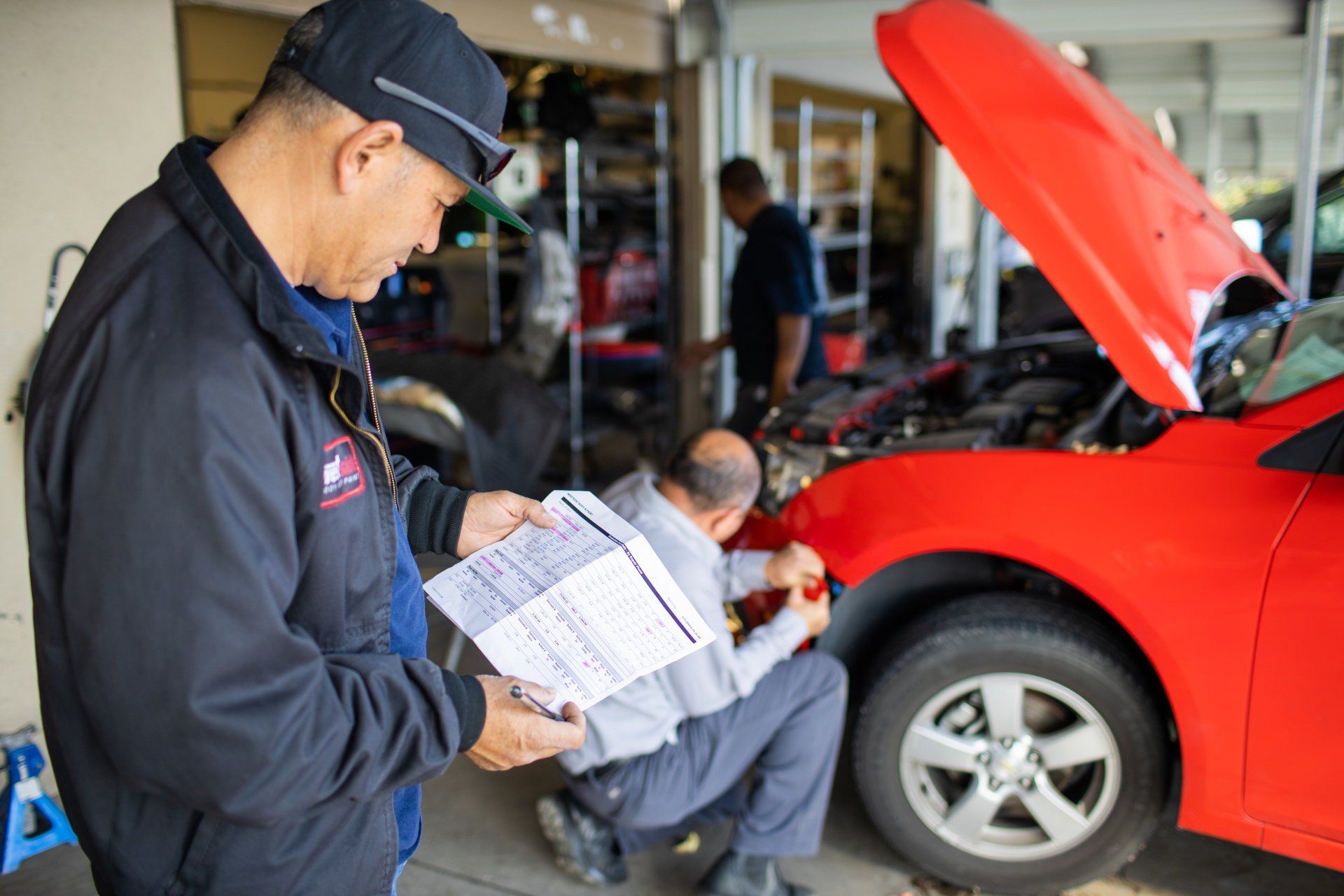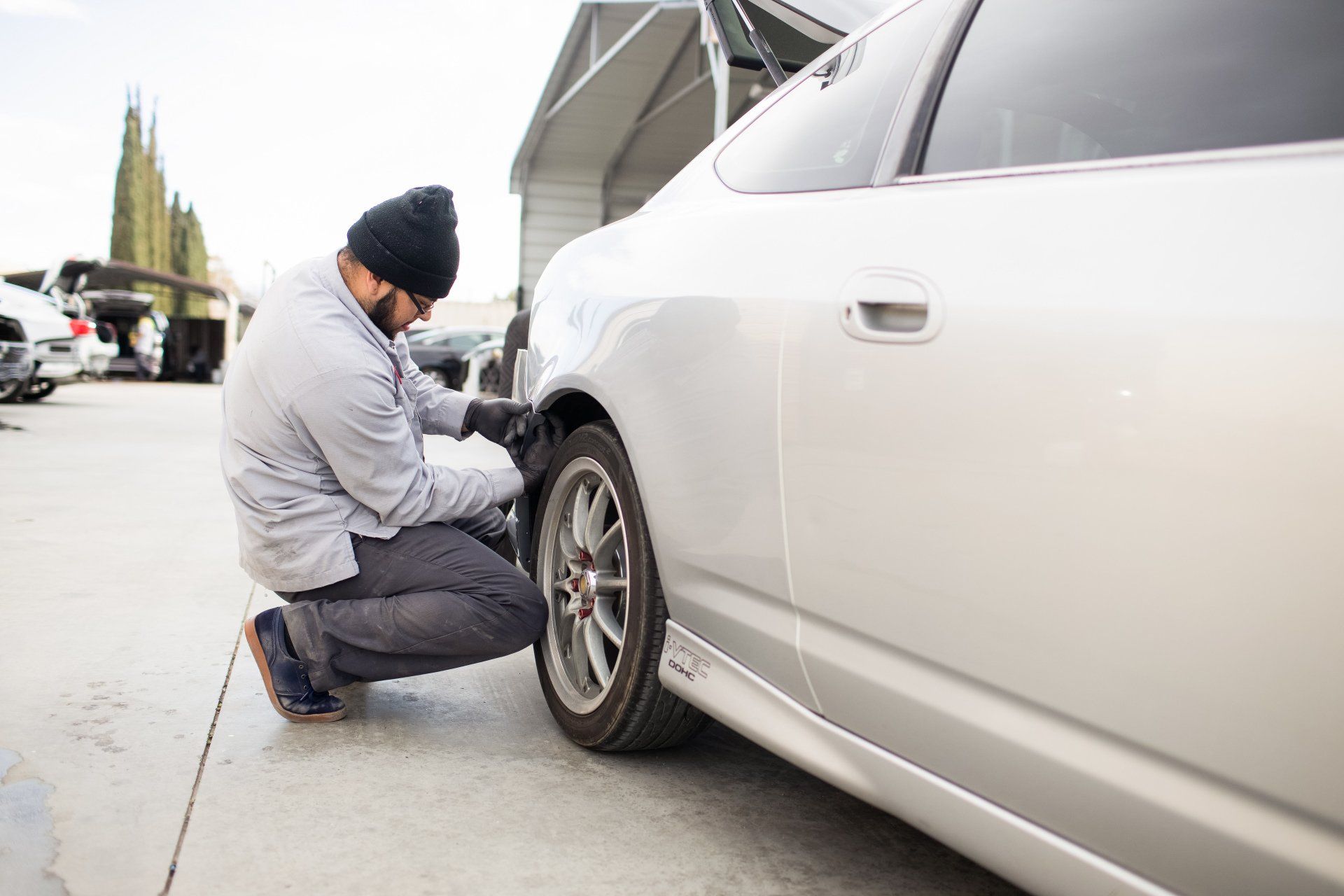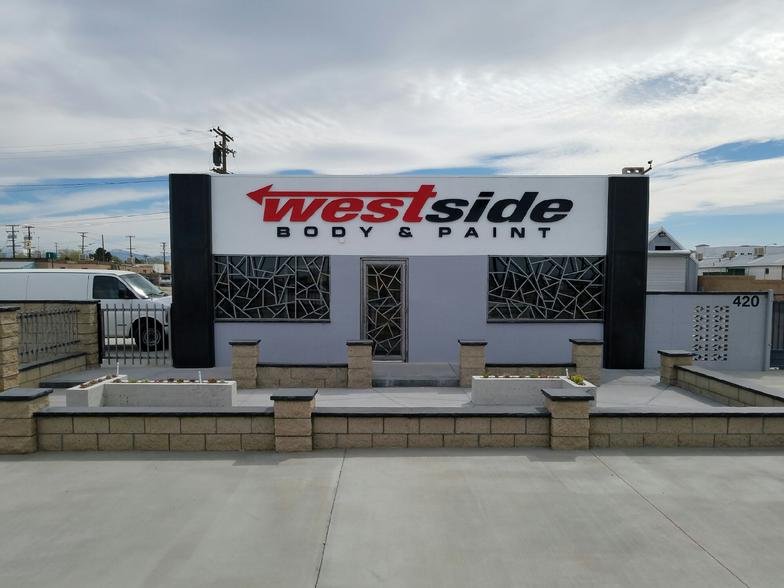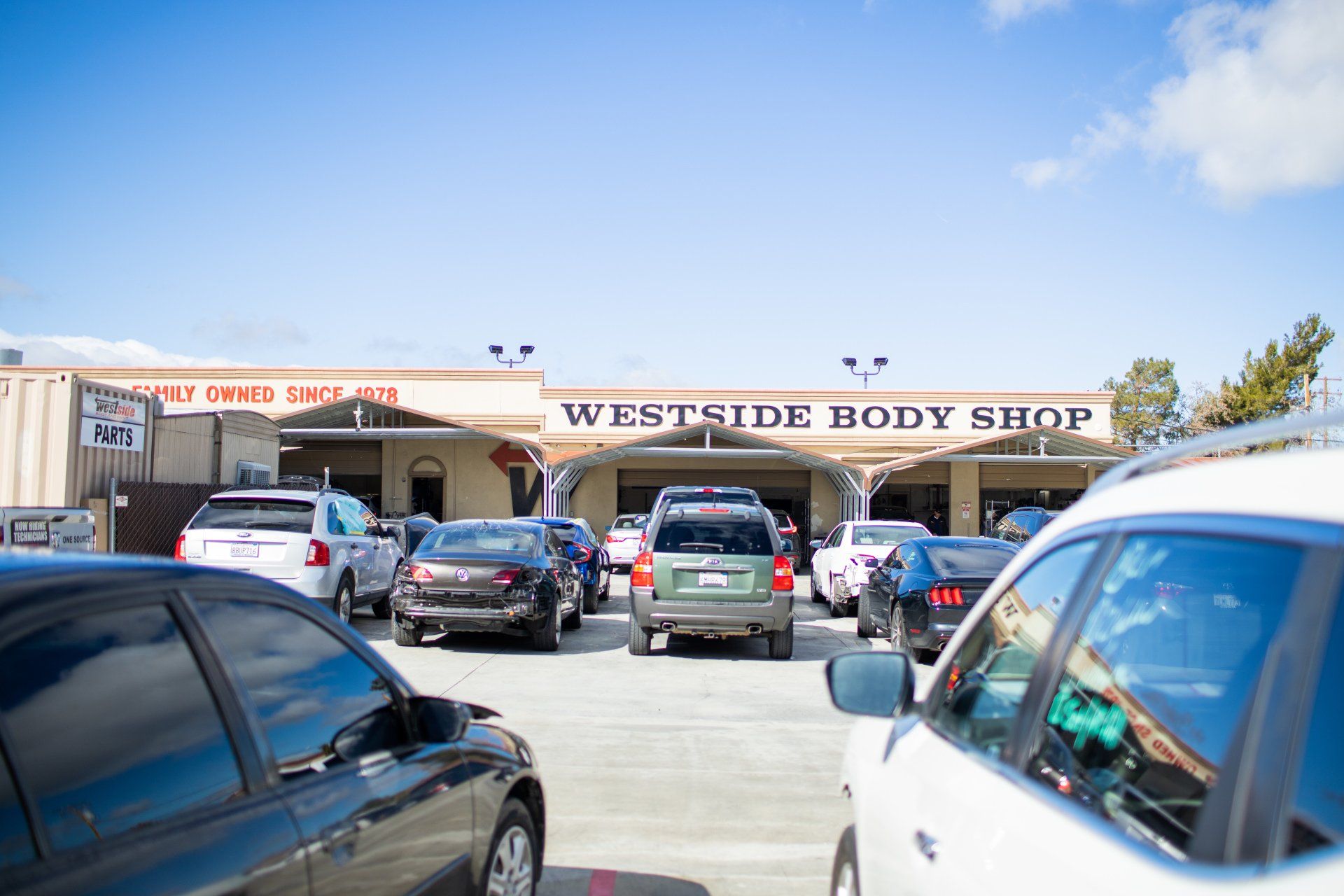OEM vs. Aftermarket Parts: Which is Better?
When your vehicle has been involved in an accident, one of the first decisions you'll have to make is what type of replacement parts to use—OEM or aftermarket. Choosing between OEM and aftermarket parts can have a major impact on your car’s safety, performance, warranty coverage, and resale potential.
At Westside Body & Paint, a trusted auto body shop in Quartz Hill, CA, we often get this question from customers who want to make the best decision for their vehicle and their wallet. Understanding the difference between OEM vs. aftermarket parts is essential for anyone facing a repair, whether you're dealing with a minor fender bender or significant collision damage.
We’ll walk you through the advantages and disadvantages of each to help you decide what’s right for your vehicle.
What Are OEM Parts?
OEM stands for Original Equipment Manufacturer. These components come directly from the manufacturer that originally built your car’s parts. In other words, they’re exact replicas of what came with your car when it rolled off the assembly line.
Benefits of OEM Parts:
- Guaranteed Fit: OEM parts are made to perfectly fit your specific vehicle make and model.
- Manufacturer Quality: They are made to meet the strict standards of the original carmaker.
- Warranty Protection: OEM parts usually include a warranty and can help ensure your factory coverage remains intact.
OEM parts tend to cost more, but they’re ideal if you want peace of mind and assurance that your vehicle is restored to factory condition.
What Are Aftermarket Parts?
Aftermarket components are built by third-party manufacturers, not the original carmaker. They’re intended to replicate OEM parts in fit and function, though their quality, cost, and availability can differ.
Pros of Aftermarket Parts:
- Cost-Effective: Typically cheaper than OEM parts—sometimes significantly.
- Readily Available: More likely to be in stock and widely distributed.
- Variety of Options: Multiple manufacturers mean you can choose based on price, performance, or material.
However, with so many aftermarket manufacturers, quality can be hit-or-miss. While some aftermarket parts match or surpass OEM quality, others may not measure up.
Comparing OEM vs. Aftermarket Parts
Let’s break down how these two types of parts stack up across the categories that matter most.
Price
- Aftermarket: Usually more affordable, making them attractive to budget-conscious customers or for older vehicles.
- OEM: Parts often come at a premium because of their consistent production standards and brand reputation.
Quality & Fit
- OEM: Consistency and precision—since they’re made by the carmaker, they fit perfectly.
- Aftermarket: Quality varies. Some parts may not fit exactly or require modifications during installation.
Warranty Implications
- OEM: May be required to maintain your vehicle’s factory warranty.
- Aftermarket: Could potentially void your warranty if deemed incompatible by the manufacturer.
Insurance Coverage
- Aftermarket: Many insurance companies prefer these to reduce claim costs. They may not automatically approve OEM parts unless requested.
- OEM: Some insurers will cover OEM parts, but you may need to pay the difference or have a special policy rider.
Resale Value
- OEM: Helps preserve your vehicle’s resale value. Buyers appreciate knowing factory parts were used in repairs.
- Aftermarket: Depending on the part quality, resale value may decrease if inferior components were used.
Availability
- Aftermarket: Easy to find and quickly delivered, which can speed up the repair process.
- OEM: May need to be special-ordered, increasing downtime if your vehicle is in the shop.
Which One Should You Choose?
Your best option will vary based on your goals, financial situation, and how old your car is.
Use OEM parts if:
- Your car is still under warranty
- You drive a luxury or leased vehicle
- You prioritize safety, precision, and longevity
Use Aftermarket parts if:
- You’re repairing an older car
- Budget is a primary concern
- You're confident in the brand or working with a knowledgeable repair shop
In general, OEM parts deliver dependability, whereas aftermarket options offer more variety and potential savings. What matters most is understanding your options and partnering with a shop that can offer expert guidance.
Why It Matters Where You Get Your Parts Installed
Even the best parts can underperform if they’re installed incorrectly. Fit and performance aren’t just about the part itself—they also depend on the technician installing them.
At Westside Body & Paint, our experienced team ensures that every component—OEM or aftermarket—is properly aligned, calibrated, and secured. We’re a trusted auto body shop in Quartz Hill, CA, with factory approvals and over 46 years of experience serving the community.
We don’t just throw parts on your car and call it a day. We diagnose, repair, and test everything to ensure your vehicle looks and drives like new—no shortcuts, no compromises.

Still Unsure? Let the Experts Help You Decide
So, which is better—OEM or aftermarket parts? There’s no one-size-fits-all answer. It depends on your goals, budget, and vehicle type. OEM components give you reliability and consistency, while aftermarket alternatives can be more affordable and adaptable.
Whatever you choose, the most important factor is who installs them. Westside Body & Paint has built a reputation on quality work, honest advice, and unmatched customer service.
Not sure which type of part is best for your repair? Give us a call at
(661) 943-3639 or stop by. We’ll help you weigh your options and get back on the road safely and confidently.
Frequently Asked Questions
What does OEM mean in car parts?
It typically takes 30-60 minutes for an in-person OEM stands for Original Equipment Manufacturer. They’re exact-match replacements made by your vehicle’s original manufacturer., though photo-based estimates can be quicker.
Are aftermarket parts safe to use?
Yes, getting at least two or three estimates is smart Yes, many aftermarket parts are safe and high-quality. However, quality varies by manufacturer, so it’s important to choose trusted brands and have them installed by a skilled technician.compare pricing and service quality.
Will aftermarket parts void my car’s warranty?
They can, especially if they fail or are deemed incompatible by the manufacturer. OEM parts are generally the safer choice if your car is still under warranty.
Is it worth paying more for OEM parts?
For newer cars or if maintaining resale value and warranty is a priority, yes. They provide dependable quality and give you confidence in your repair.
How can I tell if my insurance will cover OEM parts?
Check your policy or speak with your agent. Some policies allow for OEM parts; others only cover aftermarket unless you pay extra for an OEM rider.






